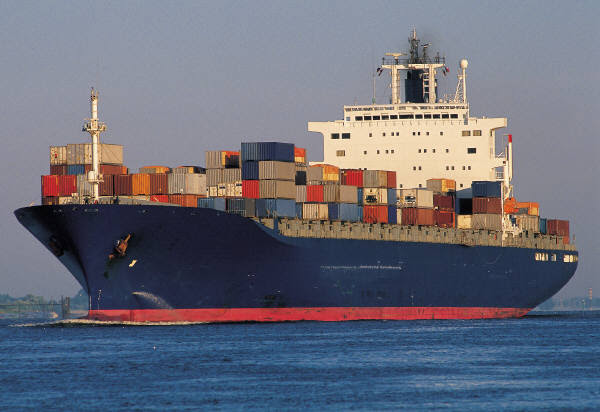We have discussed the cost of using different types of fuel. Now let’s step back and talk about what are the total cost involved in marine shipping.
For marine shipping, the following costs are relevant:
- Fuel cost, including initial purchase, energy conversion, distribution, operations and maintenance cost.
- Ship building/retrofit cost: How much does it cost to build a new ship to use a particular fuel, or convert a existing ship to use a particular fuel?
- Infrastructure cost for fueling (or “bunkering” in shipping industry jargon): How much does it cost to build the necessary fueling infrastructure at the port for fuel oil, methanol, biofuel, LNG, and H2?
If you are just leasing a ship, then #1 fuel cost is probably the most you care about.
If you are a ship owner and operator, then you probably care about shipping building cost too (i.e. #1 and #2).
If you are not only owning ships but also ports, and then you need to build the infrastructure, and therefore (#1, #2, and #3).
Since we already talked about #1, let’s focus on #2 shiping building in this post. Taljegard et al estimated the following vessel cost:
The first thing we see is that the cost is billed on a basis of per KW of engine capacity. This is for obvious reason. The large the engine, the bigger capacity of the ship, and therefore the more costly it is to build.
As an example, a deep sea ship running on fuel oil ICE with an engine of 11000 KW tank will cost roughly:
11000 KW x 7000 USD/KW = 77,000,000 USD
From the above table, we can see that the incremental cost of building an ICE-powered ship is much less than a FC-powered ship.

Leave a Reply
You must be logged in to post a comment.